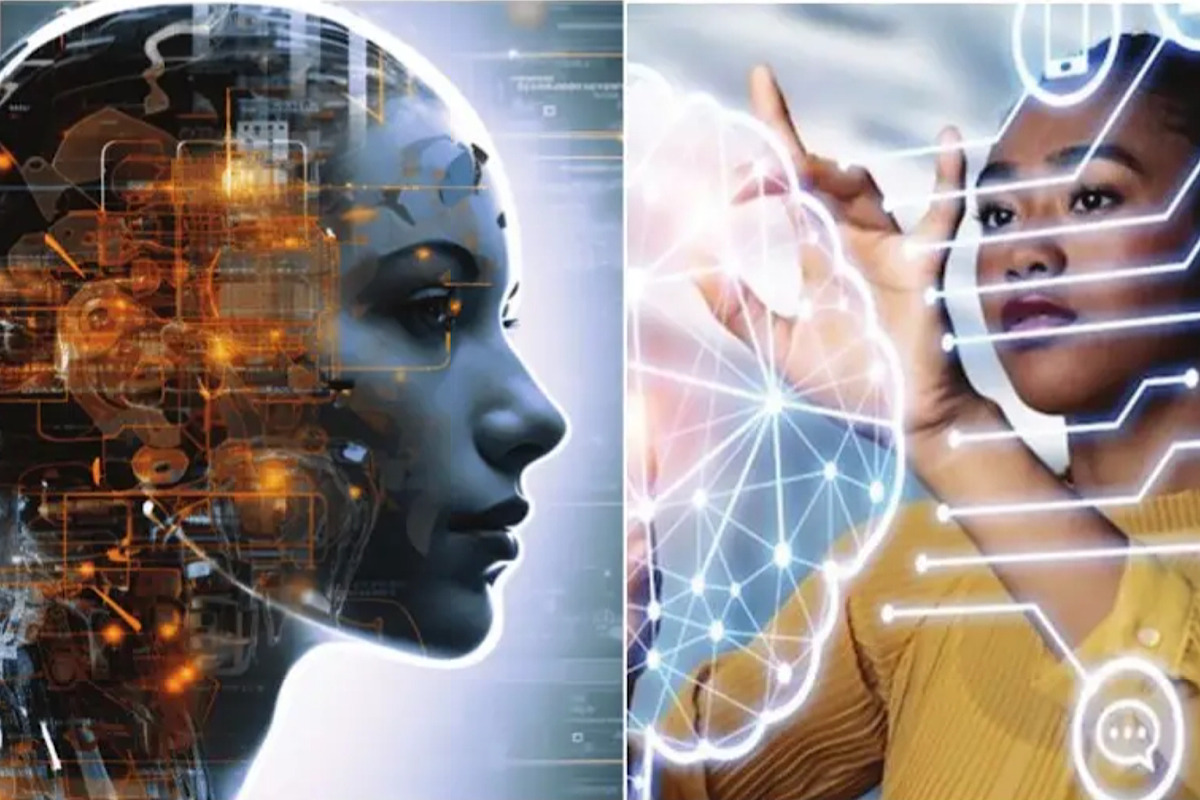The Union Government has allocated Rs10,372 crore in the ensuing five years to encourage Artificial intelligence (AI) development in the country and pragmatically develop a supercomputing facility with graphic processing units (GPUs).
The prime focus is on developing an entire ecosystem from computing power to models. Supercomputing capacity comprising over 10,000 GPUs would be cordially embraced by various stakeholders for creating an AI ecosystem. India is poised to move forward in a pragmatic way to harness efficiently, effectively, and meaningfully the Global Partnership on Artificial Intelligence (GPAI) for economic development.
The incredible potential of AI has been given due cognizance and India is to assume the chair of the global partnership on AI. As far as economic development is concerned, AI is expected to add $967 billion to the Indian economy by 2035 and $450-500 billion to India’s GDP by 2025, accounting for 10 per cent of the country’s $5 trillion GDP target. It bears recall that GPAI is a congregation of 25 member countries. Its members include the US, the UK, EU, Canada, Australia, Japan, New Zealand, etc.
The Indian ministry of Electronics, Information Technology and Skill Development & Entrepreneurship has taken a commendable leading role in this regard. A few years back, to address the challenges of poverty reduction, improve economic development, efficiency of public and private sector organizations including management of Public Policies using AI, a workshop was held at the behest of the World Bank at Google Community Space in San Francisco. The team examined the pros and cons of AI and related technologies, explored the role of machines in economic research and its limitations. AI is rapidly making inroads in business and also for economic development.
It should be attributed as the roadmap to the future; guided by the right, effective and meaningful management approach, it can yield innovations that would eventually improve our future lifestyle. It will not retrench jobs; on the contrary it will generate a wealth of new types of jobs amid the present dismal ambience. When computers arrived in the last century in our country, comrades of the communist parties became bewildered and tried to resist its operations on the plea that humans would be replaced by machines. But ultimately it paved the way for fusion of skills in this new era of human-machine collaboration. In the same way, the AI revolution is destined to occur, and will augment human activity. As far as India is concerned, it is imperative to capture the opportunities of AI and the fourth industrial revolution to boost the economy. AI will have a profound impact on both society and economy. At the same time, continuous training of personnel is necessary to get digitally skilled manpower for their relentless re-innovation.
The book Human + Machine written by Paul R Daugherty and H James Wilson describes vividly how jobs and tasks can be redesigned to enable the human and the machine to achieve more effective, efficient outcomes together, helping workforce transition in a conducive way. This is a remarkable book which explains succinctly that AI is no longer just a futuristic notion. From the factory floor to a doctor’s operation theatre; from office work to reform of education; from predicting migration patterns and crop yield to reimagining businesses; for games, cleaning garbage or going outer space, AI is indispensable.
Using science and technology to support school education and stimulating innovations for students has numerous benefits, but in doing this, we must also exercise caution. The benefits are in the ability of information technology-based learning environments to sustain student attention, encourage learners to develop imagination, foster curiosity, allow experimentation, and above all move towards a conducive learning environment that is self-paced and adaptive.
Students learn at different speeds. A technology based learning environment can allow the learner to decide how much more practice or learning he/ she needs in the area. In addition to adaptive learning, tools with intensive analytical capabilities can go far in helping teachers to understand indispensable requirements of the child, thereby optimizing their time by focusing on the needs of the child. Live demonstration of Robotic Surgery at Kolkata Medical College a few years back was an immensely heartening event.
The nearly two century old institution of the country is poised to march forward with artificial intelligence (AI), robotics, and machine learning with data analytics in a cogent way. Robotic or robot-assisted surgery intertwined with advanced computer technology and the experience of skilled surgeons can tackle intricate cardiac, neurological, orthopaedics, gynaecological or paediatric surgery. India and Japan have evinced interest in bilateral joint exercises on research in robotics and Unmanned Ground Vehicles (UGV). Hopefully the venture would be the beginning of a new era. Autonomous Rotorcraft Sniper System (ARSS) is an experimental robotic weapon developed by the US army.
US Mechtronics has created a working automated sentry gun and extensive research is underway for its extension in commercial and military use. An amazing four-wheel robot equipped with a firearm, radar, and a number of digital cameras, MIDARS is efficiently pre-programmed to petrol in the close vicinity of a military base and has the potential of scanning Radio Frequency Identification Tags (RFID).
The Mobile Autonomous Robot Software Research programme has been initiated by the Pentagon with the idea to develop more efficient military robots. Researchers of the Max Planck Institutes have recently been experimenting with tiny robots that can swim through our body fluids, ultimately delivering a drug precisely in the target area.
There are numerous advantages of robotic surgery including minimum blood invasion, lower risk of pain, quick recovery, minimum scars, and substantially reducing the stress and strain of surgeons. But as every new discovery has its flaws, so too does robotic surgery.
A widespread misconception is that AI systems and robotics will gradually replace humans in one industry after another. As a matter of fact, AI will augment human capabilities. It is a kind of emerging symbiosis between man and machine and is unlocking what is called the third wave of business transformation.
(The writer is a former Reader in Chemistry Presidency College, Kolkata and was associated with the UGC and UNICEF)












